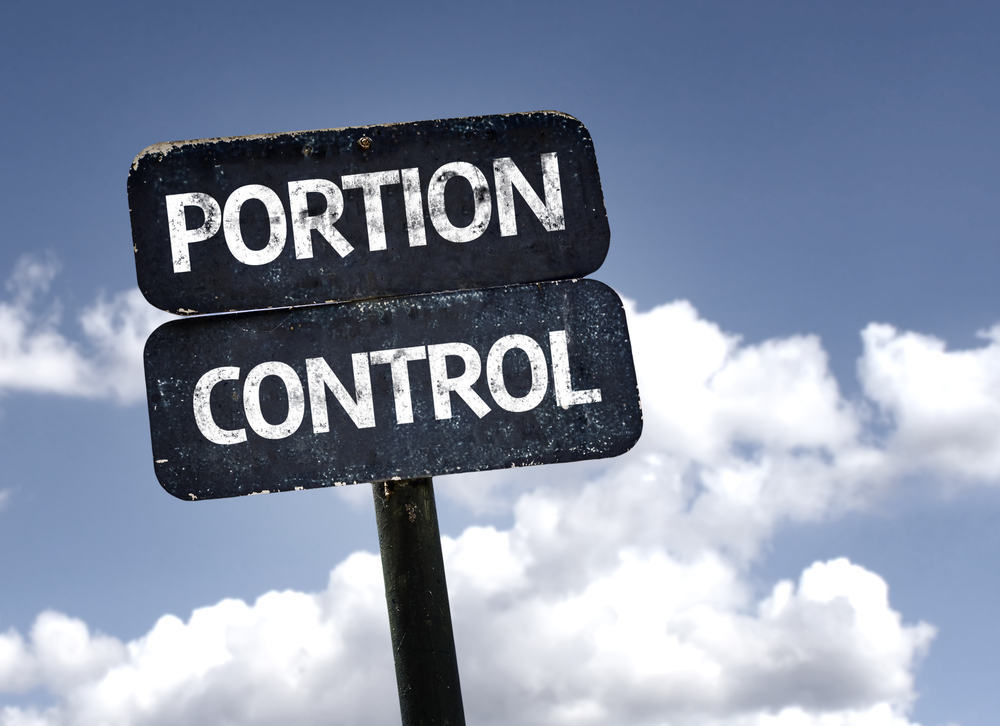Shake That Weight ™ • 22nd January 2019 • 6 years ago
How To Properly Measure Out Portion Sizes for Weight Maintenance

How To Properly Measure Out Portion Sizes
Most of us know the kind of foods we should and shouldn’t be eating in order to lose weight and stay healthy, but one thing lots of people don’t take into account is portion size.
While we can all probably eat a little healthier, sometimes we don’t even have to drastically change our diet to lose weight. By adjusting our portion sizes, we can easily cut down on the number of calories we’re consuming each day.
So what size portions should we be having?
Expert nutritionists have recognised that excessive portion sizes are one of the reasons why many of us are perhaps carrying a few extra pounds than we’d like, and have released a portion size guide to give us a helping hand.
The guide, designed by the boffins at the British Nutrition Foundation (BNF), has been created to complement the government’s Eatwell Guide, which gives more information on the amounts of certain foods we should be eating every day.
It’s pretty obvious most of the time what constitutes a portion of fruit or veg – for example, an apple or a banana, and most vegetables are fine to consume as much as you like – but there are various other foods, namely carbs and protein, with which we struggle with choosing the right portion sizes.
Dry carbs like pasta and rice are foods that are often easy to cook too much of, but the guide recommends the amount you’d fit in two cupped hands as a single portion – which works out as roughly 65g to 75g dry weight.
Similarly, for spaghetti, if you make a circle with your thumb and first finger about the size of a one pound coin, the amount of spaghetti you can fit through makes up one portion.
When it comes to the meats such as chicken, fish and steak, a portion is considered to be a piece about half the size of your hand. A baked potato should be about the size of your fist, while a portion of cheese should be the size of your two thumbs put together. A glass of fruit juice should be no more than 150ml, while a recommended ‘portion’ of milk is a 200ml glass.
Bridget Benelam, a nutrition scientist with the BNF, said that many of us simply don’t think about portion sizes. “The amount we put on our plate typically depends on the portion size we are used to consuming, how hungry we feel and how much is offered as a helping at a restaurant table or in a packet or ready meal.”
Here are some key recommendations from the Eatwell Guide, some of which will likely be familiar to you, but others may not:
- At least 5 portions of fruit and veg a day
- 3-4 portions of starchy carbs a day
- 2-3 portions of protein a day
- 2-3 portions of dairy (or alternatives) a day
- Aim for at least 2 portions of fish a week
- Choose wholegrain foods, such as wholewheat pasta or rice
- Choose lean meat and mince, and reduce the amount of red and processed meat, such as bacon and ham.
- Drink 6-8 glasses of fluid a day
Find out more about the Eatwell Guide
The information in this article is based on the recommended maximum daily calorie intake of 2,000 calories for women and 2,500 for men.
Sources
https://www.nhs.uk/live-well/eat-well/the-eatwell-guide/








